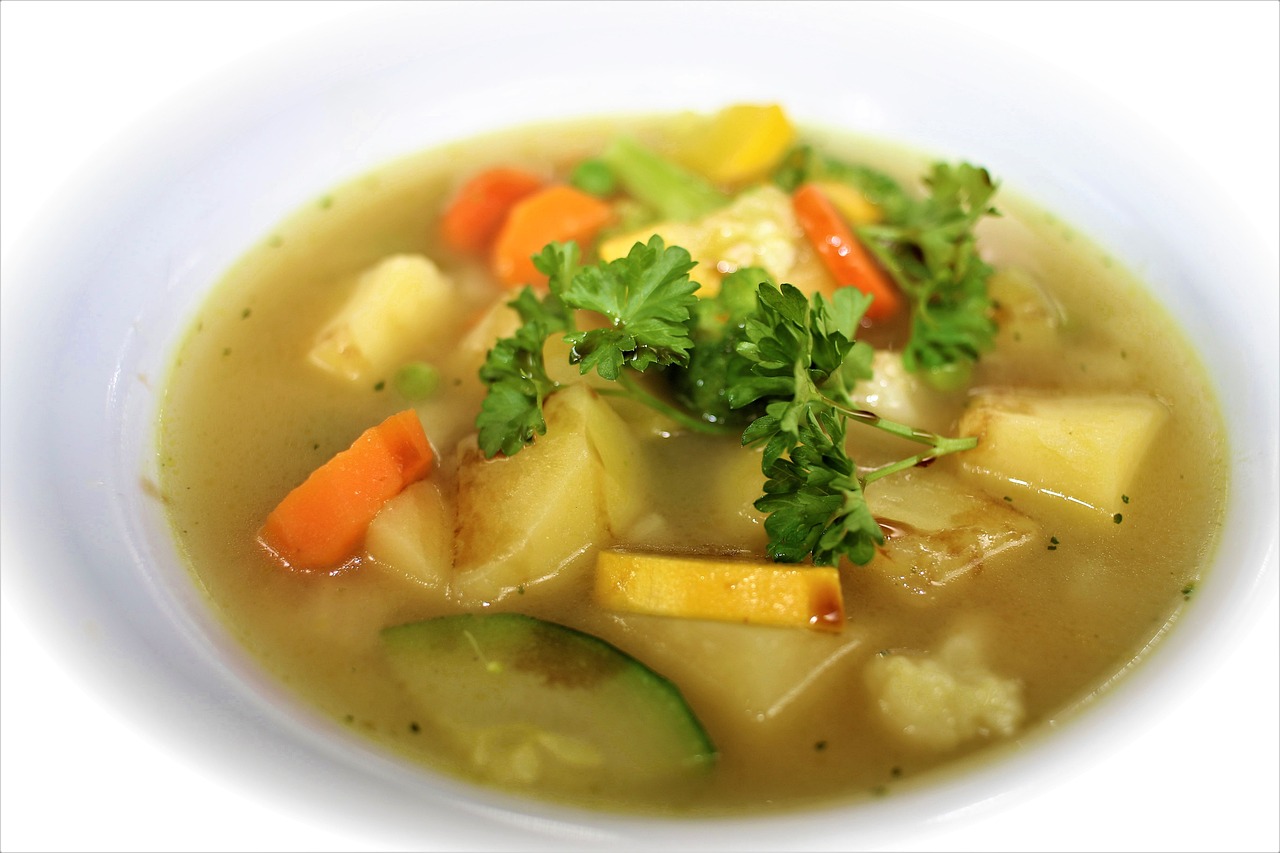Healthy Nurse, Healthy Nation® Blog - Quick, Healthy Meals for Night Shift Nurses
Published
Shift work is critical for continuity of care in many health care settings. But working the night shift can take a toll. A 2021 study found that nurses who work the night shift tend to be less active, experience poorer sleep quality, and less satisfied with life than nurses who work days.
One way you can lessen the detrimental health effects of shift work is by eating for optimal health, sleep, and energy. But it’s not just about what you eat or when. You also need to make healthy eating sustainable — even when you are tired, stressed, and overwhelmed with work.
3 Tips for a Nourishing Night Shift
Having a plan is the best way to ensure you’ll eat healthy while working through the night. If you aren’t sure where to start, these tips will steer you in the right direction:
A better choice is to eat foods that help you sustain energy and keep your blood sugar level over many hours. The glycemic index (GI) is a tool to help you identify those foods by measuring how they affect your blood glucose level. Carbohydrates with a high GI score are quickly digested and cause a rapid rise and fall in blood sugar (blood sugar spike). Low GI foods digest more slowly, producing a gradual and lower rise in blood sugar.
Research shows that eating low GI meals, regardless of how often, promotes glucose homeostasis. This is a good alternative to fasting during your shift. But since blood sugar levels depend on food quality and quantity, try to keep your meals and snacks on the smaller side.
On the other hand, if you are overly tired during a night shift, it can be hard to make healthy food choices to support your sleep. It tends to be easier to eat highly processed foods, which lack the nutrients your body needs.
To stop the vicious cycle and prepare your body for sleep after your shift, try to:
Recipes for Shift-Eating Success
Need some inspiration in the kitchen? These snack and meal recipes are perfect for shift nurses:
Low glycemic snacks
Snacks that curb your cravings but don’t leave you crashing are critical when you work the night shift. These recipes will cover both savory and sweet snack attacks:
Balanced bowls
Use the foods you prep to create “bowls” for your shift meals. A balanced bowl typically includes a base (such as brown rice, quinoa, or whole wheat pasta), lean protein, veggies, and healthy fats (such as hummus, feta, avocado, or nuts).
Try one of these healthy bowls:
Soups and slow cooker meals
Foods that simmer and cook slowly are easy to make on your day off. They’ll also feed you for a while or can be frozen into meal-sized portions. But keep the portions light if you’re bringing it as a shift meal.
Check out these slow-cooked recipes:
Make ahead breakfast ideas
Having breakfast ready ensures you won’t overeat or choose an unhealthy option at the end of your shift. Prep for the week by hard-boiling eggs or freezing prepared smoothie ingredients.
These breakfast recipes are perfect for after (or during) your shift:
The goal is to find shift meals and snacks that satisfy you and offer sustained energy. Once you find the foods that work for you, make your favorite recipes on a rotating basis to keep grocery shopping and meal prepping easy.
How do you eat healthy as a shift nurse? Share with us in our discussion below.

Not a member of Healthy Nurse, Healthy Nation (HNHN) yet? Join today!
Sign up for our monthly challenges!
3 Tips for a Nourishing Night Shift
Having a plan is the best way to ensure you’ll eat healthy while working through the night. If you aren’t sure where to start, these tips will steer you in the right direction:
- Make meal prep a habit
- Cook in batches: Grill, roast, and sauté all the proteins, grains, and vegetables you’ll need for the week. Then, you can use those ingredients to make a variety of dishes.
- Make single-serve snacks: Measuring your snacks when you aren’t ravenous and stressed is much easier and will help you avoid overeating.
- Wash, cut, and portion fruits and vegetables: Choosing healthy snacks is easier when they are ready to grab and go.
- Eat low GI (glycemic index) foods during your shift
A better choice is to eat foods that help you sustain energy and keep your blood sugar level over many hours. The glycemic index (GI) is a tool to help you identify those foods by measuring how they affect your blood glucose level. Carbohydrates with a high GI score are quickly digested and cause a rapid rise and fall in blood sugar (blood sugar spike). Low GI foods digest more slowly, producing a gradual and lower rise in blood sugar.
Research shows that eating low GI meals, regardless of how often, promotes glucose homeostasis. This is a good alternative to fasting during your shift. But since blood sugar levels depend on food quality and quantity, try to keep your meals and snacks on the smaller side.
- Set yourself up for sleep
On the other hand, if you are overly tired during a night shift, it can be hard to make healthy food choices to support your sleep. It tends to be easier to eat highly processed foods, which lack the nutrients your body needs.
To stop the vicious cycle and prepare your body for sleep after your shift, try to:
- Avoid caffeine at least 4 to 6 hours before sleeping, provided you can safely finish your shift and get home without it. If you need caffeine earlier in your shift, opt for green tea, which provides a boost but has less caffeine than black tea or coffee.
- Bring meals and snacks to control your portions and avoid the vending machine and cafeteria. Prepackaged snacks may also have added sugar and caffeine.
- Hydrate during your shift to ward off fatigue and brain fog. Drink plenty of water before your shift, too. Even mild dehydration can lead to fatigue, headaches, and brain fog, according to the research.
Recipes for Shift-Eating Success
Need some inspiration in the kitchen? These snack and meal recipes are perfect for shift nurses:
Low glycemic snacks
Snacks that curb your cravings but don’t leave you crashing are critical when you work the night shift. These recipes will cover both savory and sweet snack attacks:
Balanced bowls
Use the foods you prep to create “bowls” for your shift meals. A balanced bowl typically includes a base (such as brown rice, quinoa, or whole wheat pasta), lean protein, veggies, and healthy fats (such as hummus, feta, avocado, or nuts).
Try one of these healthy bowls:
Soups and slow cooker meals
Foods that simmer and cook slowly are easy to make on your day off. They’ll also feed you for a while or can be frozen into meal-sized portions. But keep the portions light if you’re bringing it as a shift meal.
Check out these slow-cooked recipes:
- Healthy turkey chili
- Quinoa black bean crockpot stuffed peppers
- Slow cooker salsa chicken
- Vegetable soup
Make ahead breakfast ideas
Having breakfast ready ensures you won’t overeat or choose an unhealthy option at the end of your shift. Prep for the week by hard-boiling eggs or freezing prepared smoothie ingredients.
These breakfast recipes are perfect for after (or during) your shift:
- Freezer breakfast burritos
- Healthy egg muffin cups
- Overnight oats
- Slow cooker breakfast casserole with kale, red pepper, and feta
The goal is to find shift meals and snacks that satisfy you and offer sustained energy. Once you find the foods that work for you, make your favorite recipes on a rotating basis to keep grocery shopping and meal prepping easy.
How do you eat healthy as a shift nurse? Share with us in our discussion below.

Not a member of Healthy Nurse, Healthy Nation (HNHN) yet? Join today!
Sign up for our monthly challenges!
Blog Nutrition
02/21/2024 1:59pm CST



Post a Comment or Question
if I'm going to have a late night snack it's usually carrots, celery or apples